Speaker
Description
Future new high luminosity colliders will require exeptionally radiation hard detectors, in particular those that will be closer to the interaction regions, i.e. tracking and vertexing detectors. The TimeSPOT R&D project has developed a new family of 3D silicon pixel sensors with 55 μm pitch that have shown an incredible time resolution of about 10 ps thanks to their new “trench” design. In these detectors, specially designed vertical (3D) trench junctions within the pixel create a uniform electric field region 25 μm thick, independent of the sensor’s thickness, allowing to collect charge carriers created by a crossing charged particle very rapidly. These very thin drift regions also minimize charge carrier losses occurring in radiation damaged detectors and it has been demonstrated that these 3D detectors can still operate efficiently after neutron irradiations up to fluences of 1E+17 1MeVneq/cm2. A new irradiation run at the TRIGA Mark II Reactor at the Jožef Stefan Institute has just been concluded, reaching extreme fluences of 1E+18 1MeVneq/cm2. Irradiated 3D pixels are currently being tested at INFN Cagliari laboratories with red and infrared micrometrically focused laser beams allowing to perform a complete mapping of the charge collection efficiency on the pixel area. These new results will be presented at the conference together with other recent results, showing that these 3D silicon pixels can still operate efficiently under extreme radiation damage conditions.
